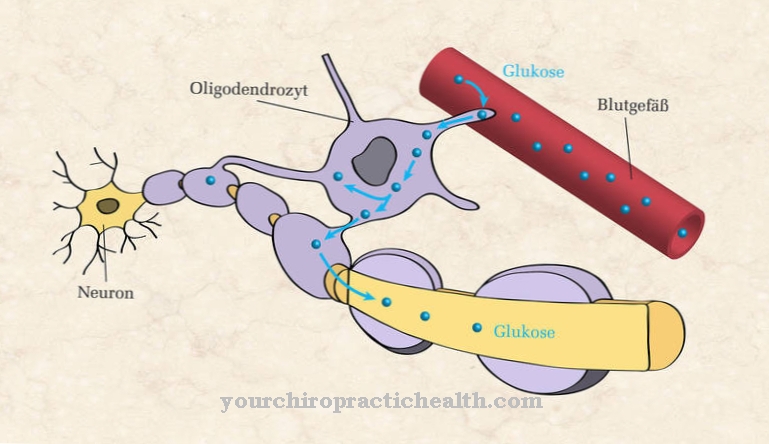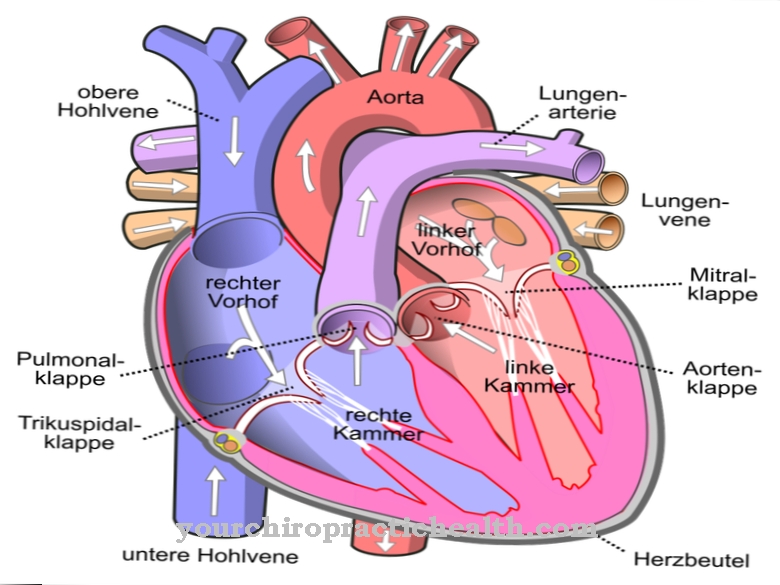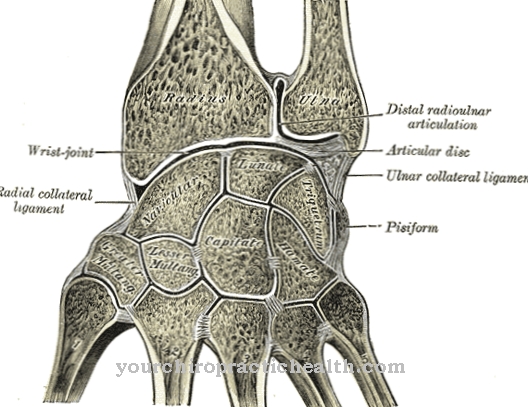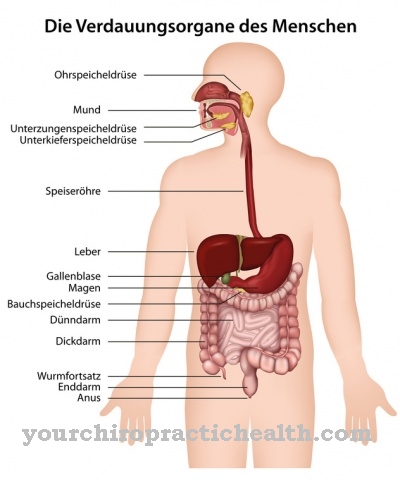Of the Levator veli palatini muscle has an important function in the swallowing process. It is part of the pharyngeal muscles. It prevents food or liquids from flowing into the nasal cavity.
What is the levator veli palatini muscle?
The levator veli palatini muscle is located in the human head. It is part of the central nervous system and belongs to the muscles of the palate. The levator veli palatini muscle is a muscle that is considered to be extremely short.
It is a rounded muscle that is part of the skeletal muscles of the head. The levator veli palatini muscle is located in the pharyngeal muscles and ensures the functionality of the soft palate lifter. The levator veli palatini muscle is therefore extremely important during the swallowing process. In particular, it has an important function in closing the connection between the mouth and the nasal cavity. This closure is regulated by the soft palate lifter and the two upper throat cords.
The closure ensures that neither food nor liquid parts are pressed into the nasal cavity when swallowing. The levator veli palatini muscle is primarily responsible for the functional activity of the soft palate lifter. When swallowing, the levator veli palatini muscle tenses. This automatically raises the soft palate at this point.
Anatomy & structure
The IX. The cranial nerve is the glossopharyngeal nerve. It innervates organs and muscles that are involved in processes such as taste recognition, circulatory and respiratory regulation and the swallowing process. Together with the Xth cranial nerve, the vagus nerve, it supplies the head and neck region of humans.
The vagus nerve is responsible for the supply of the larynx, important parts of the chest and also for the swallowing process. The two cranial nerves jointly innervate the pharyngeal muscles via the pharyngeal plexus. The soft palate lifter belongs to this area. This is controlled by the levator veli palatini muscle. The levator veli palatini muscle is a short muscle. Its course begins at the pars petrosa of the temporal bone.
The temporal bone is called the temporal bone and the pars petrosa is the petrous pyramid. The levator veli palatini muscle extends from the occlusive cartilage of the auditory tube over the edge of the superior pharyngeal constrictor muscle. From there it continues to the area of the soft palate and from there to the soft palate. The soft palate is known as the velum palatinum and is almost interwoven by the levator veli palatini muscle.
Function & tasks
The main task of the levator veli palatini muscle is to establish the functional activity of the soft palate during the swallowing process. There is an area on the palate called the soft palate. When the mouth is opened, the soft palate becomes visible at the end of the throat. Visually, it resembles a double fold or a uvula.
It hangs down in the middle of the throat towards the root of the tongue and can move freely. The soft palate ensures that no food or liquids get into the nasal cavity. This clears the way to ensure that absorbed substances can be passed into the esophagus. This also applies to saliva drainage in the mouth in the event that no external supply of food or liquids takes place. The soft palate prevents anything from accidentally getting into the windpipe. The levator veli palatini muscle tenses at the moment of swallowing. This tension causes the soft palate to rise. When raised, the soft palate automatically becomes a closure and the food and liquids are automatically transported into the esophagus.
In addition, the levator veli palatini muscle, together with the tensor veli palatini muscle, supports the opening of the auditory tuba. This is called the Eustachi tube or the ear trumpet. It creates a pressure balance between the outer and middle ear. This equalization of pressure is important so that the process of hearing can be carried out. In addition, the soft palate and thus the levator veli palatini muscle has a function in the formation of certain sounds.
You can find your medication here
➔ Medicines for sore throats and difficulty swallowingDiseases
Discomfort in the area of the palate can result from ingestion of hot drinks or food. In addition to pain, these can also cause burns or scalds. The sensitive mucous membrane in the throat and palate area is attacked. There is redness or swelling. With severe burns, small burn blisters develop.
Impairments to the functionality of the levator veli palatini muscle mean that sound production no longer functions properly. The consonant "r" can no longer be pronounced correctly. When the letter is formed, the soft palate flutters against the back tongue. This does not apply and the letter cannot be pronounced correctly. In addition, letter combinations such as the “ch” can no longer be formed if the soft palate were not fully functional.
Other complaints or illnesses include various infections, neuralgia, inflammation, the formation of tumors or allergies. Toothache can also cause discomfort in the palate. Fungi can develop on the lips, tongue or roof of the mouth and cause discomfort. Defects in the mucous membranes lead to chewing and swallowing difficulties. In addition, the sound production is limited.
As a congenital malformation, cleft lip and palate disease can split the soft palate. This can impair the act of swallowing. The malformation is usually corrected by surgery in the first few weeks after birth.













.jpg)

.jpg)
.jpg)











.jpg)